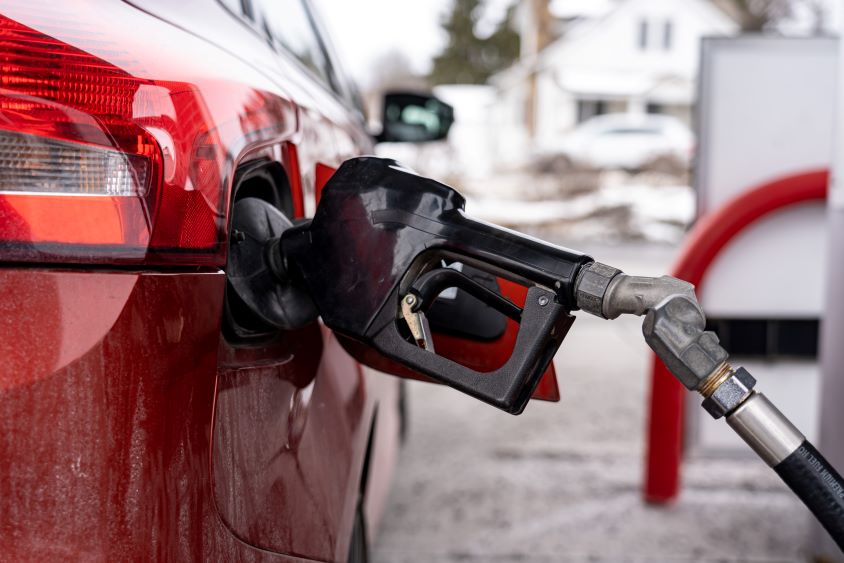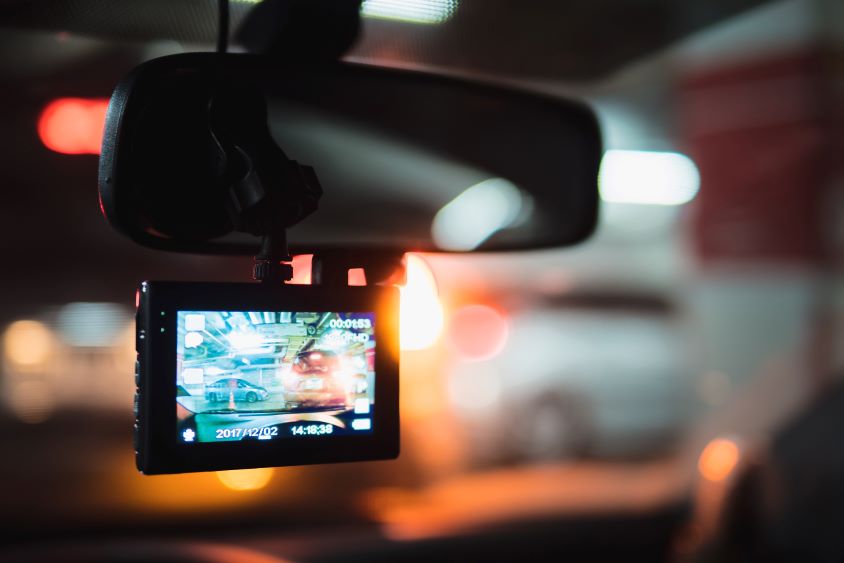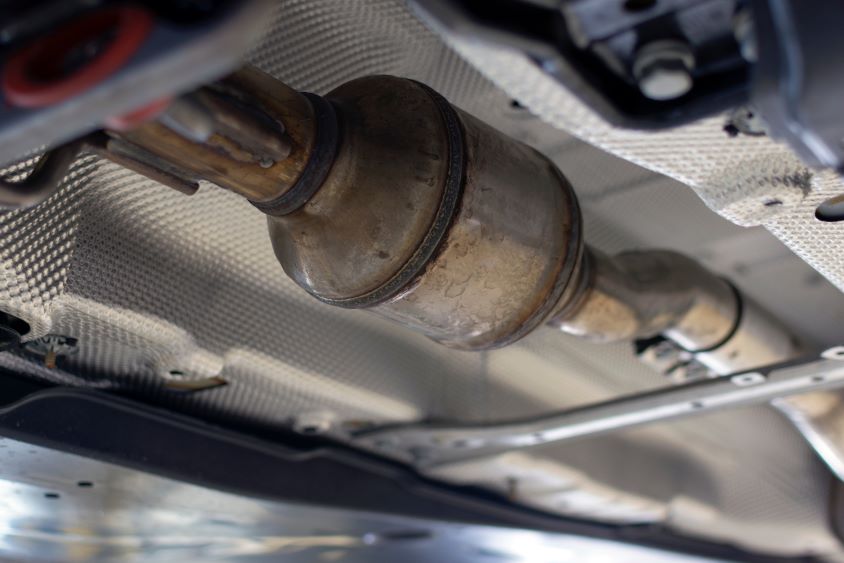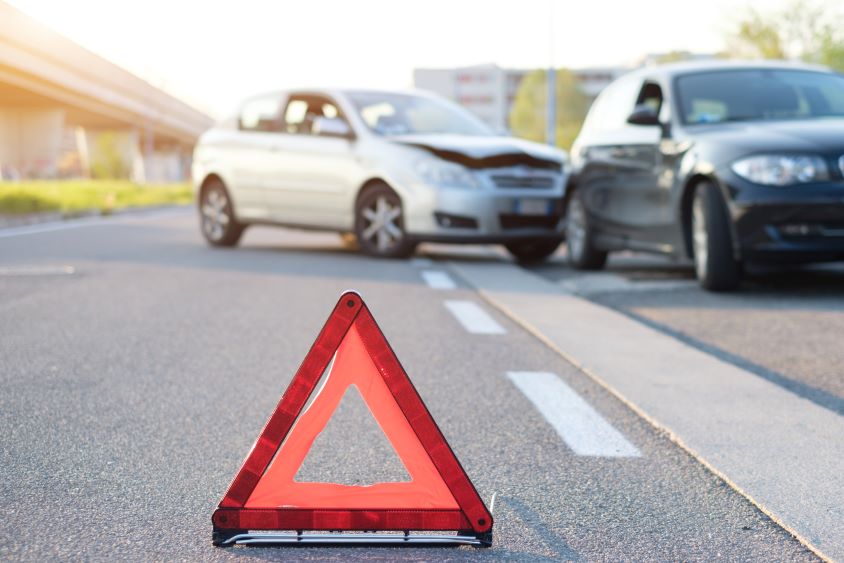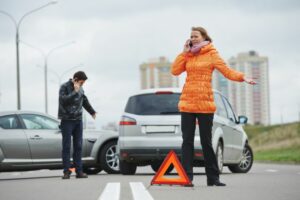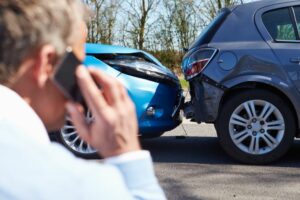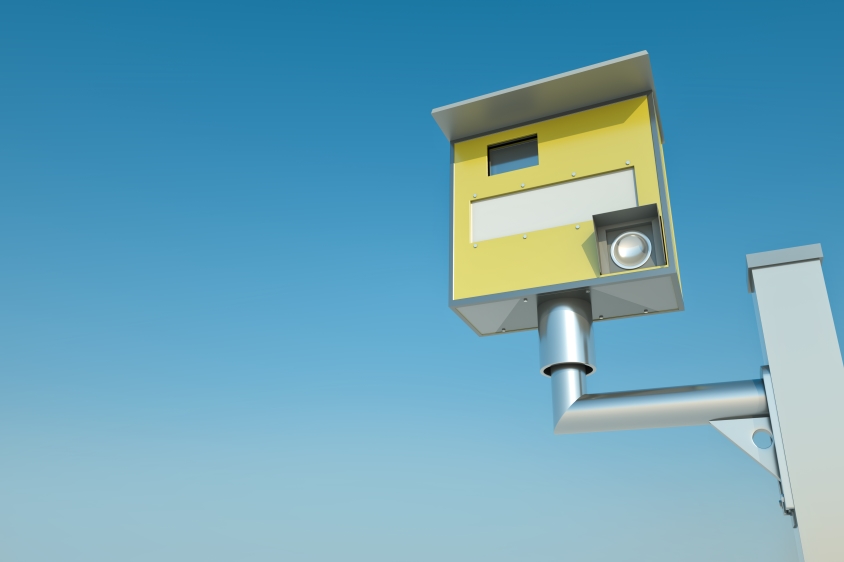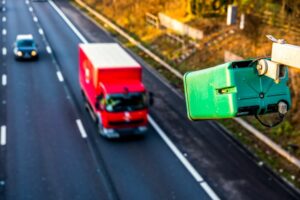Over the last 6 months, petrol prices have been rising steadily. The UK hasn’t seen petrol as expensive as this in 8 years, back in September of 2013. What are the best ways to keep fuel costs down as the overall price of petrol steadily climbs?
Rising costs
According to data from RAC Fuel Watch, the average price of petrol rose to 132.19p per litre. This is 18p more than the average price in November of 2020. An average sized tank of unleaded now costs £72.70 to fill up.
Diesel is not exempt from these rising costs either. The average diesel cost has risen to 134.32p, which is the highest it has been in 2 years. An average sized tank of diesel now costs £73.88 to fill up.
Of course, we expect fuel prices to gradually rise over time to match inflation rates. However, UK inflation jumped up by 2.1% in May, and the rising petrol costs are a driving force behind this.
Why are petrol prices rising?
The jump in price is a direct result of the increase in oil price. Crude oil prices increased more than 11% over the last month.
This increase likely reflects the return to normality after the pandemic. The International Energy Agency (IEA) predicts that the demand for fuel across the world will return to pre-COVID levels by the end of next year.
With demand for oil rebounding steadily, the prices rise as current oil inventories are in tight supply. As a result, we see the cost of petrol and diesel steadily climbing. The IEA warns that, unless big oil producers pump more barrels, we could be facing a volatile oil market in the near future.
How can you save whilst petrol prices go up?
As prices are likely to continue rising with post-COVID demand, you’ll want to save every penny you can. What are some ways to optimise your fuel usage?
Get a fuel card
For a business that relies on transportation, acquiring a fuel card is the best way to reliably save money as fuel prices go up.
A fixed-price card will ensure that you pay a set amount wherever you fill up. This will prevent you from getting caught out by a pump price that is higher than you expected. The price usually changes on a weekly basis, so you won’t get caught out by any sudden price drops either.
A fixed-price card will see your savings add up when used frequently. Some cards offer discounts as much as 10p off every litre of fuel.
Alternatively, a pump-price card will have you paying the price advertised at the forecourt. However, the flexibility they offer can help save money too. Typically, a pump-price card can be used at more locations. This flexibility can help to save on fuel since you can drive to the most convenient location, rather than somewhere further out of your way.
Whichever fuel card you get, they all offer ways to save money other than on fuel. For example, the HMRC compliant invoices that get sent to your account can save hours on admin. Furthermore, certain cards offer reward schemes such Shell Go+ or BPme Rewards.
Use telematics
Telematics is a collection of a technologies working together to provide vehicle data to fleet managers. It’s also a great way to save on fuel costs.
Advanced solutions such as Tele-Gence offer better route planning. It may seem obvious, when petrol and diesel prices are high, the best way to save on fuel is to minimise driving time. Tele-Gence’s route planner will find the quickest route. Remember that the most efficient route isn’t always the shortest!
The data provided by telematics also lets fleet managers know about their drivers’ habits. Are they braking and accelerating too harshly? These actions drain fuel faster, so it pays to know when it is happening so it can be prevented in the future.
Data on vehicle condition also provides fleet managers with crucial insights. Is everything function properly? If not, fleet managers can see that it is fixed before an expensive breakdown and repair eats away at their budget.
To add to the convenience, Tele-Gence also syncs seamlessly with your fuel card account. The two solutions work hand in hand to save you money during an expensive time for drivers. Get in touch today to find out how the team at Fuel Card Services can help you save.

